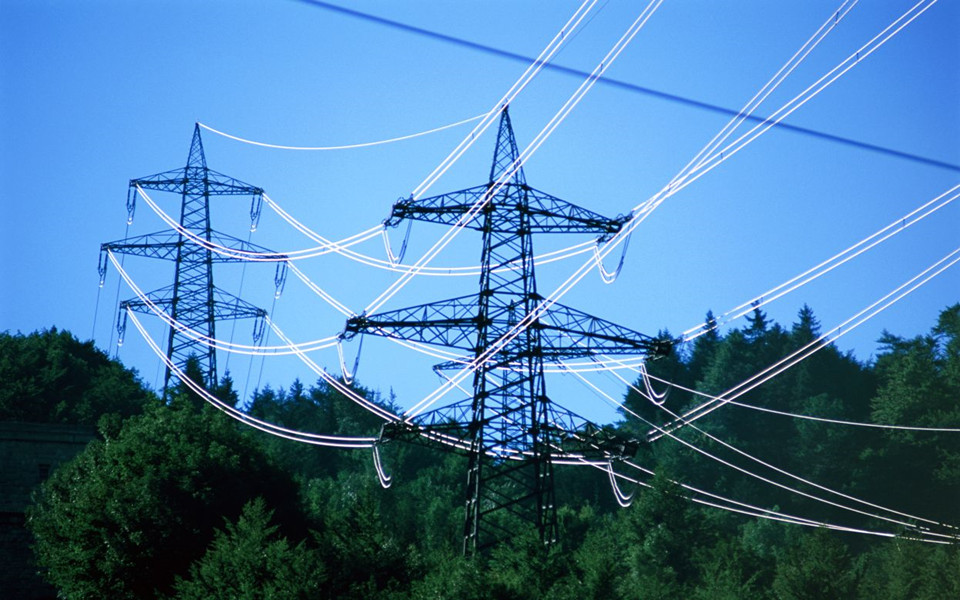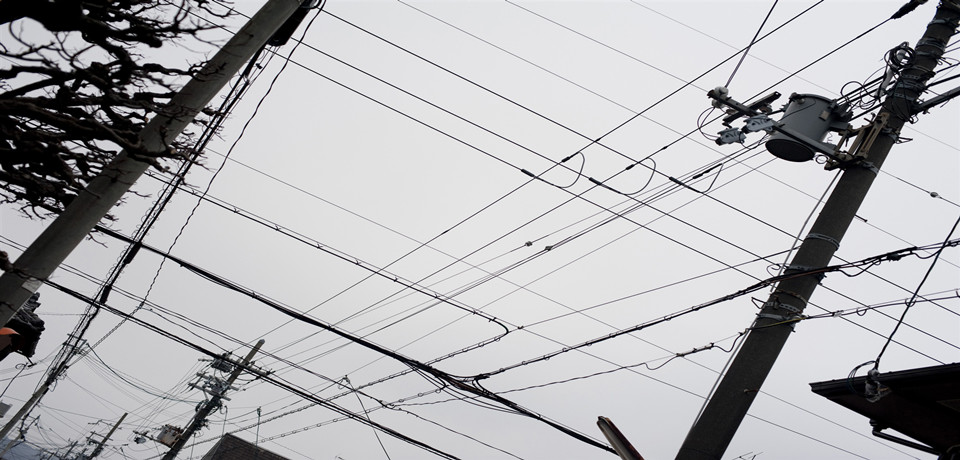The use of insulated wires instead of bare wires for high-voltage insulated overhead lines of 10kV and below is a new technology in the construction and reconstruction of urban distribution networks.
It has a series of advantages over buried cables and can overcome many shortcomings of overhead bare wires, can solve some of the problems encountered in the operation of conventional bare wires, and the price is much cheaper than buried cables.
Therefore, there is a certain development prospect in the construction of an urban distribution network.
The main advantages of high voltage insulated overhead lines compared to those erected with bare conductors are:

1. It is beneficial to improve and improve the safety and reliability of the power distribution system, and greatly reduce the risk of personal electric shock and injury, insulated wires can prevent phase-to-phase short circuits caused by foreign objects, reduce the number of power outages during the operation of the combined line, reduce the maintenance workload, and improve the line.
2. Conducive to urban construction and greening work, reducing the number of trees trimming along the line.

3. Can simplify the structure of the tower, and even lay along the wall, which not only saves the line material but also beautifies the city street.
4. Facilitate high pressure deep into the load center to improve voltage quality and reduce power loss.
5. The space occupied by the overhead lines is saved, and the overhead lines are easily traversed in the narrow passages. The line corridor is reduced, and the line corridor can be reduced by 1/2 compared with the bare line.
6. Saving line power loss, and reducing voltage loss, line reactance is only 1/3 of ordinary bare wire line reactance.
7. Reduce the corrosion of the wire, thus correspondingly improving the service life of the line and the reliability of the distribution.
8. Reduce the gravity requirement of the line, reduce the investment of the fittings, and reduce the labor intensity when the workers are wired.
9. Reduce the insulation requirements of the line support parts and increase the number of circuit lines in the same pole.
10. Due to the improvement of the line technology condition, the maintenance workload is reduced, the maintenance period is extended, and the power failure time due to maintenance is reduced.
1. The allowable current carrying capacity of the high-voltage insulated overhead line is smaller than that of the bare wire.
Because the heat dissipation of the wire is poor after adding the plastic layer, the overhead insulated wire should be upgraded to a higher grade than usual. If the original 70mm2 wire is used, it must be equipped with To 95mm2.
2. The high-voltage insulated overhead wire has a large wire diameter and a plastic outer skin.
The wire diameter is larger than that of the same-section steel-cored aluminum stranded wire.
Although the insulated wire has many advantages, the unit cost is higher than the bare wire, the medium voltage circuit is about twice as high, and the low voltage line is about 25% higher.